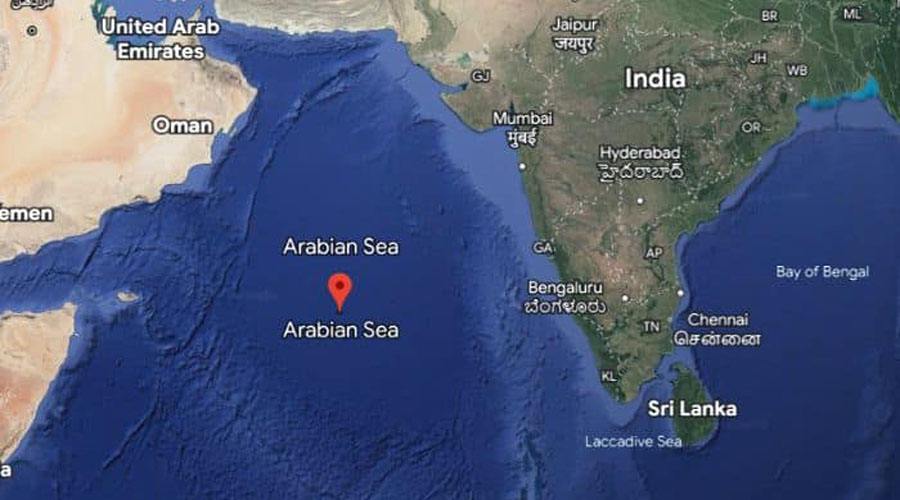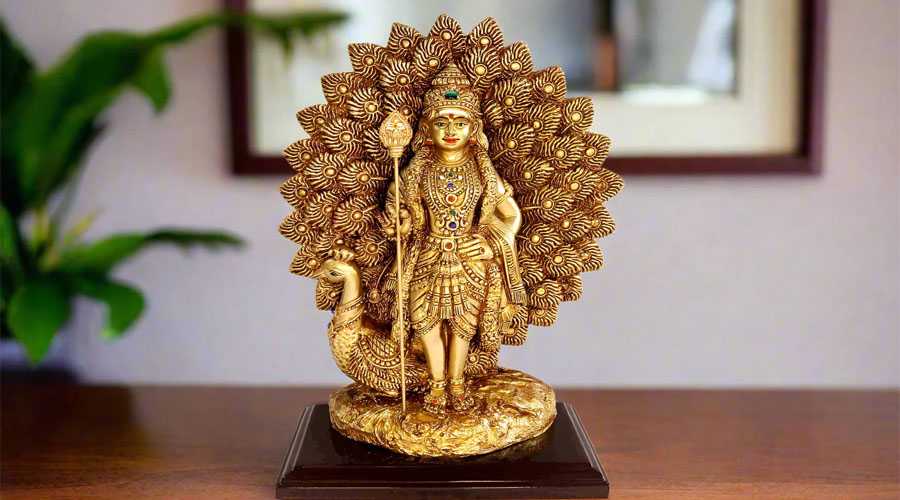The British colonial era left a lasting architectural legacy across India, blending European styles with local influences. These monuments not only reflect the power and aspirations of the British Raj but also stand today as iconic landmarks and living museums of the nation’s complex history. Here are the top 10 monuments built by the British in India:
1. Victoria Memorial, Kolkata
A grand marble edifice built between 1906 and 1921, the Victoria Memorial commemorates Queen Victoria. Designed by William Emerson, it fuses Mughal and British architectural elements and now serves as a museum showcasing colonial history.
2. Gateway of India, Mumbai
Erected in 1924 to honor the visit of King George V and Queen Mary, the Gateway of India is a striking example of Indo-Saracenic architecture, blending Indian, Islamic, and European styles. It has become one of Mumbai’s most recognized symbols.
3. Rashtrapati Bhavan, New Delhi
Originally built as the Viceroy’s House when the capital shifted from Calcutta to Delhi, Rashtrapati Bhavan is an architectural marvel designed by Sir Edwin Lutyens. It now serves as the official residence of the President of India.
4. India Gate, New Delhi
Constructed in 1931, India Gate is a war memorial dedicated to the 70,000 Indian soldiers who died in World War I. Its imposing arch and location at the heart of New Delhi make it a national landmark.
5. Chhatrapati Shivaji Maharaj Terminus (Victoria Terminus), Mumbai
Completed in 1887, this UNESCO World Heritage Site is a masterpiece of Victorian Gothic Revival architecture, featuring a blend of Indian and European design elements. It remains one of India’s busiest railway stations.
6. Writers’ Building, Kolkata
Built in 1777, the Writers’ Building was the administrative headquarters of the British East India Company’s clerks (“writers”). Its long façade and classical style make it a prominent feature in Kolkata’s colonial landscape.
7. Chennai Central Railway Station, Chennai
Designed by George Harding and completed in 1873, this Gothic Revival structure is a major transport hub and an architectural icon of South India.
8. Bombay High Court, Mumbai
Built in the Gothic Revival style in the 1870s, the Bombay High Court is known for its impressive towers and stained-glass windows, reflecting British judicial authority.
9. Rajabai Clock Tower, Mumbai
Inspired by London’s Big Ben, the Rajabai Clock Tower was completed in 1878 within the University of Mumbai campus. Its ornate structure and clock face are prominent features of Mumbai’s skyline.
10. Cellular Jail, Andaman and Nicobar Islands
Also known as Kala Pani, this colonial prison was completed in 1906 and used by the British to exile political prisoners. Its unique radial design and somber history make it a significant monument of India’s freedom struggle.
These monuments, scattered across India’s major cities, are enduring reminders of the British era. They continue to attract millions of visitors, offering a window into the architectural, political, and cultural narratives of colonial India.



